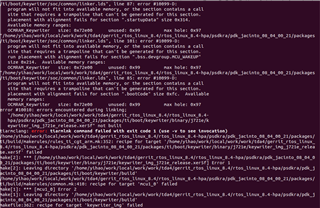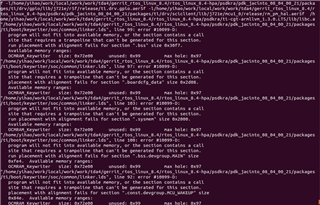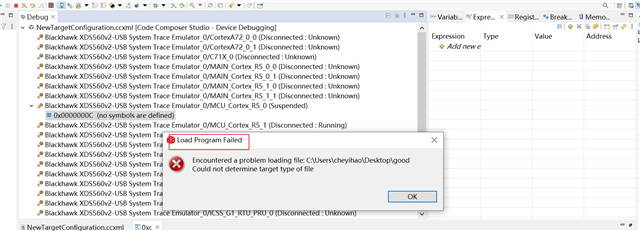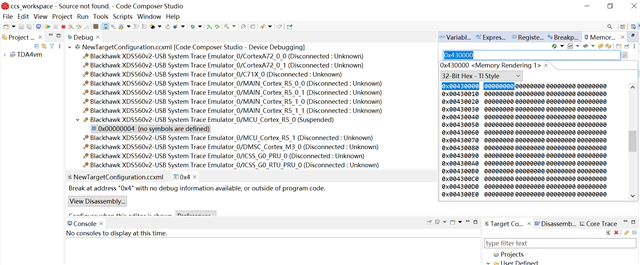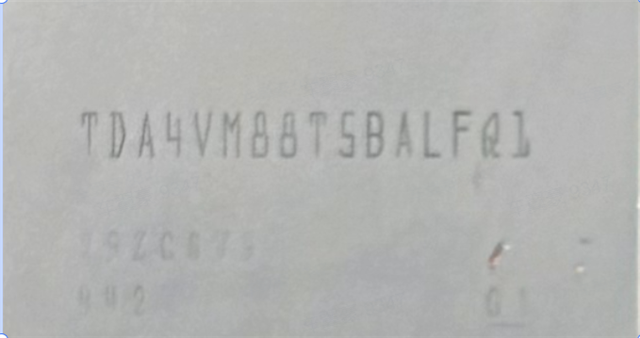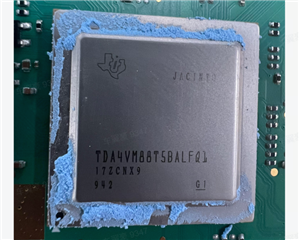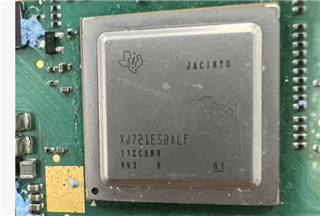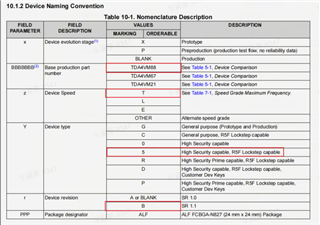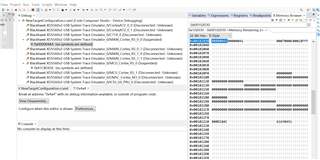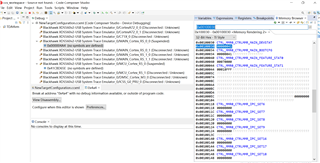Hi, Suman,
I refer to this document: https://www.ti.com/lit/pdf/sprad04?keyMatch=HS-FS
and get ti_fek_public.pem from ti fae, after compile keywriter app, i have several questions:
1 which file should I use to burn:

2 How to flash the keywriter file when the system is not boot
3 How to control the voltage VPP_CORE and VPP_MCU when flashing the keywritter?
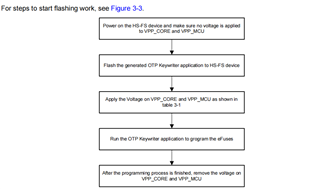
BRs,
Tahm


